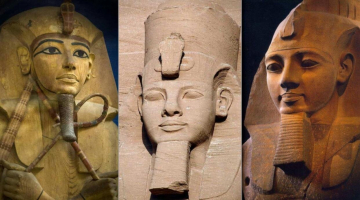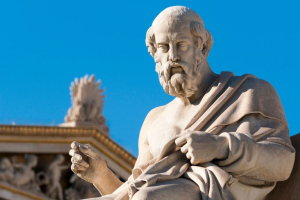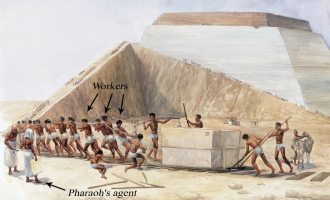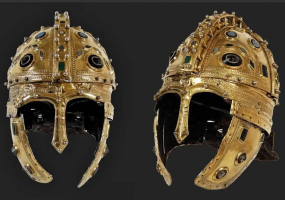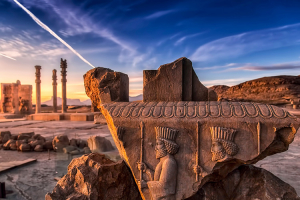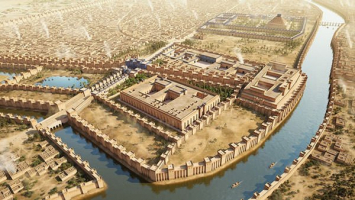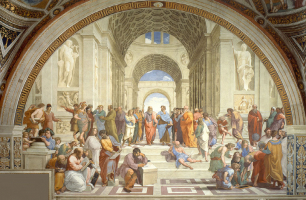Top 10 Misconceptions People Had in Ancient Times
Humans have been making an effort to preserve the history of what came before them for thousands of years. This dedication to preserving the past enables us to ... read more...draw from earlier knowledge, draw lessons from historical events, and learn more about the cultures that came before us. The past, however, frequently becomes hazy or vague due to time, misunderstandings, and occasionally individuals with agendas, leaving people with just a very confused impression of what truly happened. The ancient world's history is frequently misunderstood, and a lot of it happened differently than most people are told to believe.
-
The Vikings were renowned for their daring coastal raids across Europe, terrifying communities, and intimidating Europeans into paying them money to stop additional incursions. They conducted numerous raiding operations, capturing slaves and valuables before returning to their native country with their hard-earned booty. Though they were renowned as powerful and vicious warriors in battle, the most terrifying rumor about them was how they were said to consume alcohol. One of the most fearsome tribes to ever plunder anything, the stories claim that the Viking warriors were so metal that they would drink their beer from the skulls of their beaten foes.
It turns out, though, that the whole "drinking from skulls" thing was probably just a translation error. In reality, the Vikings drank out of drinking cups constructed of animal horns. When a professor was translating an ancient Viking funeral song, he mistook the phrase "the bent tree of skulls," thinking it referred to genuine human skulls rather than animal horns. Because so few people could understand the original material that was being translated, the mistake went unnoticed for a very long time and entered the public consciousness. Sadly, despite how fantastic it might seem, there is no proof in the archeological record that any Vikings drank from their enemies' skulls.
https://www.google.com 
https://www.google.com -
According to legend, when the Roman general Scipio finally vanquished Carthage toward the end of the Third Punic War, he made the decision to ensure that they were severely punished for their resistance. To ensure that nothing would ever grow there again, he had all of their fields plowed under and then seeded them with salt. The civilisation was then irreparably destroyed when he grabbed all of the survivors and turned them into slaves. Because the Roman Empire at the time is still viewed by many as a gigantic, emotionless machine, this story is pretty simple to believe. There is further evidence to suggest that the practice of salting the land has been employed historically as a means of retaliation against vanquished foes.
However, there is no solid historical support for the assertion that following its defeat, Carthage was plowed under and salted. No one other than the historian who made the claim has ever argued that such an action actually took place; the claims that the city was so destroyed were not even made until the 19th century. The more significant reality, though, is that it might not even be that useful as a long-term strategy for frustrating your enemies. It would scarcely be a permanent ruination of the land to begin with, since salty soil might quickly reach the ideal parameters for producing plants again given the correct circumstances.
https://www.google.com 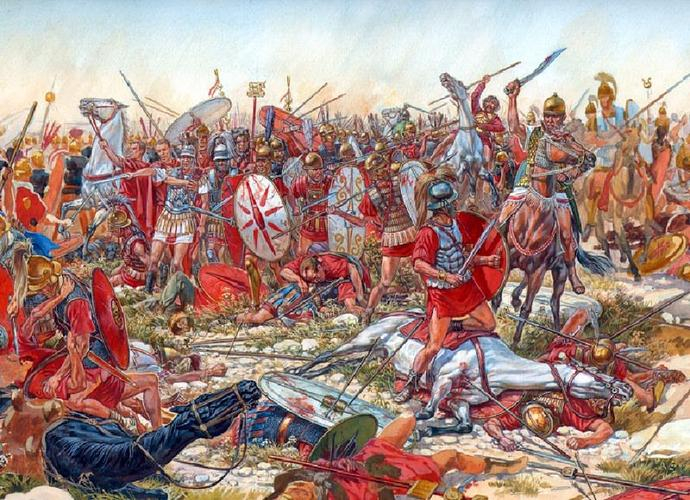
https://www.google.com -
Most likely, you have heard of the well-known Moai, or heads, that can be seen all across Easter Island. The sculptures are massive creations made of tons of extremely heavy rock, yet the ancient people moved them over extraordinarily great distances to set them on the shore and throughout the island without using any kind of sophisticated technology.
For a very long time, it was believed that we just did not understand how they managed to do it. Some saw this as evidence that it wasn't just simple tools being used, but rather some form of advanced technology. Of course, it didn't take long for conspiracy theorists to assert that it was the product of prehistoric alien visitors after people began to speculate about aliens utilizing techniques other than simple ones.
However, new research by enthusiastic archaeologists has produced compelling proof as to how they actually accomplished it, and it didn't call for any sophisticated technology at all. The sculptures were intentionally made to be carried across great distances, according to the scientists who have been studying them. Even though it might seem ludicrous, the archaeologists were able to demonstrate their idea in action.They were able to transport a five-ton duplicate of one of the statues several hundred meters in a short amount of time with the help of 18 people using only ropes. Since we weren't present to see how they accomplished it, we can't say for sure, but it's obvious that the task could be completed without sophisticated technology.
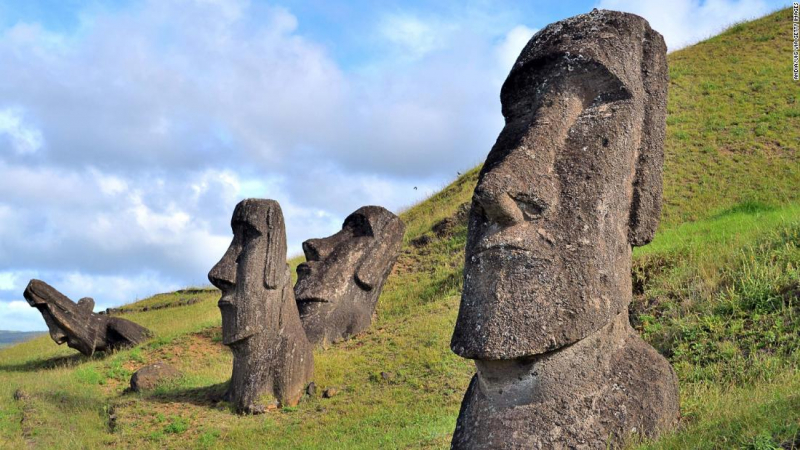
https://www.google.com 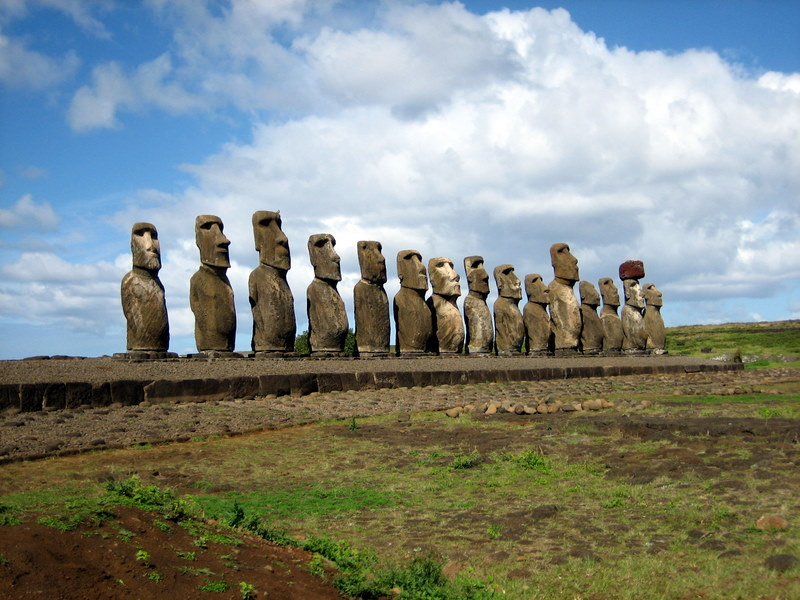
https://www.google.com -
A newspaper article from the early 1900s claimed that a group of Smithsonian-funded archeologists had been exploring caves in the Grand Canyon—places where almost anyone had ever looked—and had made an amazing discovery. The discovery of ancient Egyptian remains in the cave suggests that the Egyptians were able to use a form of sea transit that was sufficiently developed to reach such a remote continent, even though a little cave would only suggest a scouting mission. Due to the recent popularity of hypotheses about ancient aliens, which invariably prominently involve the ancient Egyptians, these assertions have recently come back into the public consciousness.
Although it would be fantastic to assume that the Egyptians actually accomplished such a feat—the historical ramifications would be incredible—there is actually no proof that such an expedition took place. The Smithsonian has consistently disputed that the two "archeologists" in the news report ever worked for them or took such a trip, and they have made it clear that they don't think there has ever been any activity related to the ancient Egyptians in the Americas.
The Smithsonian, according to some who want to believe it, has allegedly concealed numerous pieces of evidence over the years in order to support the thesis that the Egyptians never lived in this area. This would be absurd, of course, as we would very certainly have more concrete proof of their presence by this point, even if there had been some clumsy attempt at a cover-up. Additionally, if this incredible cave of artifacts were true, it seems plausible that someone would have disseminated information on where to discover it.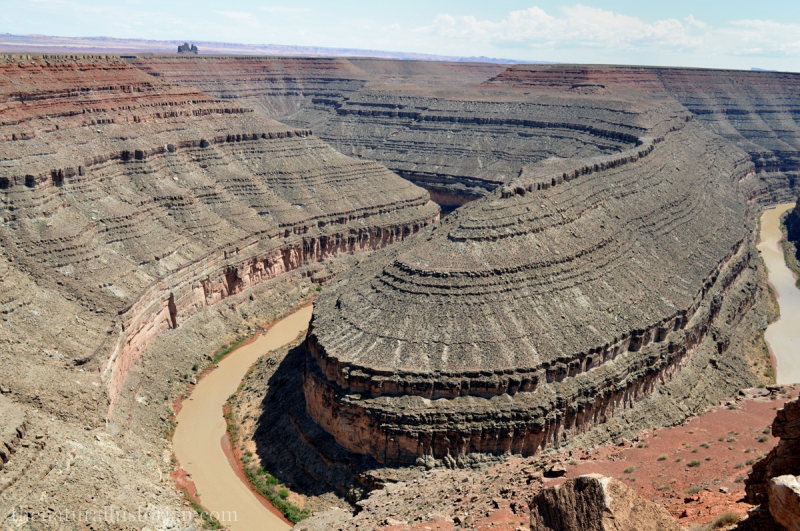
https://www.google.com 
https://www.google.com -
Most people imagine the legendary Amazon warriors as a clandestine, violent, female-only band of nomads who utilized their mastery of the bow to dispatch foes. They were renowned for being incredibly courageous and skilled fighters, and the men of Greece were enthralled by their beauty. Because the accounts of them were so fantastical, historians were unsure of their existence for a very long time.
According to the legends, the Amazons were a civilization where only women lived. They periodically had sex with males from a town with whom they struck a contract, and they sent back any male children that were born, castrated them, or simply left them to die. Some myths even claim that the origin of the word "Amazon" stems from ladies who chopped off one of their breasts to improve their arrow-firing abilities.
Historians have lately uncovered evidence that the Greeks who came to be known as the Amazons were a genuine people; nevertheless, many of the stories about them are either greatly exaggerated or erroneous. The people they found archeological evidence of were named Scythians, and many of the men and women were buried with military equipment, indicating that the culture wasn't exclusively female and that not just women participated in warfare.
The thought of women battling with bows while riding horses was so foreign to ancient Greek writers that it is likely where the wild tales first appeared. While it is undeniable that these women were capable of killing men, there is also strong evidence that they supported men in love and battle. They also did not harm their sons who were boys, and there is no proof at all that they chopped off one of their breasts in order to become better at archery.
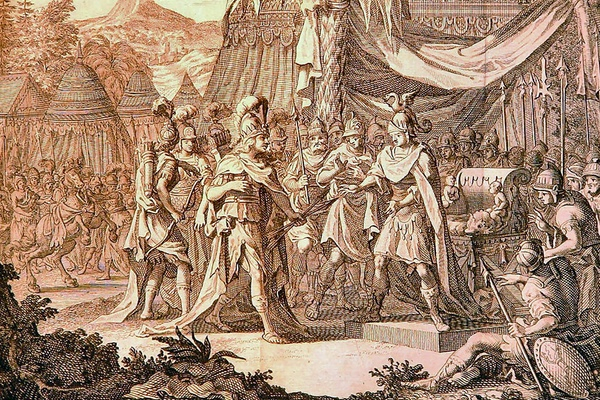
https://www.google.com 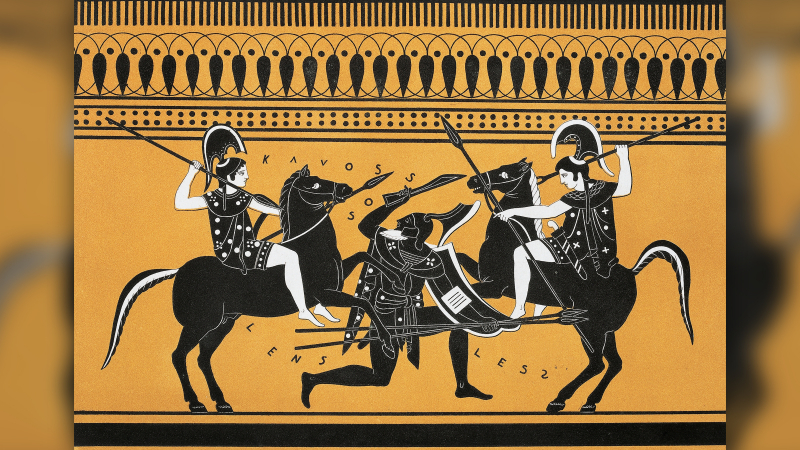
https://www.google.com -
Aristotle's hypothesis that items of different weights would fall at drastically different rates was widely accepted in the ancient world. According to legend, Da Vinci walked to the top of the Leaning Tower of Pisa and dropped two objects—each more heavier than the other—to show his students and the surrounding audience his alternative idea. One of the most dramatic scientific demonstrations in history disproved Aristotle when both items touched down simultaneously. Unfortunately, there is no reason to think that the story is even remotely accurate, despite the fact that it is undoubtedly fantastical and intriguing.
When making his case, Da Vinci did suggest a thought experiment along these lines to his students, but aside from the inflated claims of one student, there is no proof that he ever made the effort to conduct anything of the sort. Da Vinci may not have conducted the experiment personally, but there is evidence to suggest that the researchers Simon Stevin and John Philloponus tested a variation of the notion hundreds of years before Da Vinci himself came up with the idea.
However, the story about the Leaning Tower of Pisa was probably nothing more than the embellishment of a star-struck student who went on to become his unofficial biographer. This does not diminish Da Vinci or his genius—his ideas and creations were still revolutionary.
https://www.google.com 
https://www.google.com -
Although the extended absence of the Sphinx's nose is unquestionably a significant historical loss, the cause varies depending on who you ask. According to a common myth, Napoleon and his forces decided to set up camp near the great pyramids while traveling through Egypt as part of a sort of conquest tour. While they were there, they made the decision to hone their soldiering abilities, and someone had the bright idea that they should practice cannon fire aiming.
Since there weren't many other suitable targets, they naturally concluded that the Sphinx's face would be ideal for the task. Naturally, given the lack of other suitable targets, they decided that the Sphinx's face would be ideal for the task. The ensuing target practice resulted in the destruction of the Sphinx's nose and permanently identified Napoleon and his men as buffoons who would deface a historical artifact for a ridiculous reason.
Napoleon did visit Egypt, but the tale about his men and the Sphinx is wholly untrue. The fact that the Sphinx was shown in creative artwork from long before Napoleon's reign strongly demonstrates that the legend is untrue. While there is currently no historical agreement, some sources assert that it occurred long ago, when Egyptians were pleading with the Sphinx for a better harvest. A Muslim was outraged that they were praying to a Sphinx rather than his God, so he broke the Sphinx's nose to hurt its feelings and was executed as a result.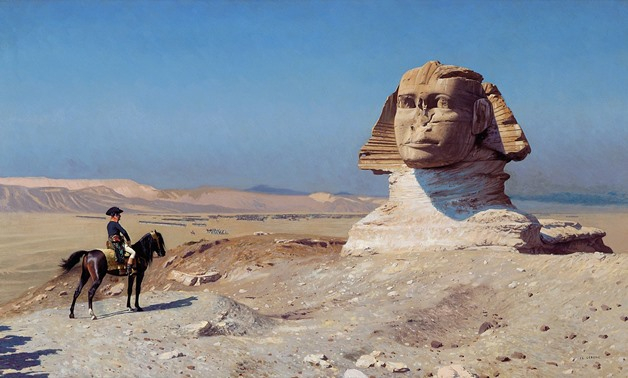
https://www.google.com 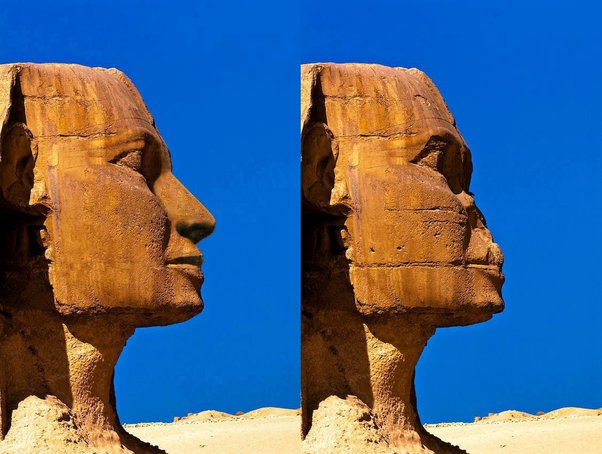
https://www.google.com -
The storied Hanging Gardens of Babylon are well known to most people. One of the seven wonders of the ancient world, this spectacular city in the desert had walls and gorgeous gardens all throughout. A sophisticated irrigation system that might have even competed with the best ever employed today managed to preserve this wonderful oasis. However, some people have started tossing shade at the gardens' beauty in recent years by asserting that there's a good chance the entire affair never happened and was simply made up as a fantastical tale by writers at the time.
The explanation is that while being one of the earliest civilizations to keep records, Babylon did not do so for its extensive network of hanging gardens. Furthermore, there is no proof in any historical documents from the time that Babylon had anything like that. However, it appears that they may have been looking in the wrong spot the entire time. People have begun to suspect that there have never been any Hanging Gardens.
The rumored hanging gardens were actually constructed by the Assyrians in the neighboring city of Nineveh, during the reign of King Sennacherib, according to Dr. Dalley of the University of Oxford, who conducted years of research on the subject. She not only unearthed proof that the Assyrians had indeed constructed the Hanging Gardens, but she also located the confusion's origin.
Later, the Assyrians led by Sennacherib stormed and conquered Babylon, renaming a large portion of their own city, Nineveh, to reflect the names of the Babylonian Gods. As a result, Nineveh gained a reputation as a second Babylon, according to Dalley, which is why people were misled into thinking the hanging gardens originated in Babylon.

https://www.google.com 
https://www.google.com -
One of the most well-known structures in the world and a continuing wonder of the ancient world are the Pyramids of Giza. Numerous films and other programs have been produced about the pyramids, their significance to the Egyptians, and, most notably, their construction. The truth is that there is still debate among archaeologists and other historians as to how precisely these structures were built. Most people believe that we have thoroughly investigated the Giza pyramids and are now basing our theories on that evidence, despite the reality that we are no closer to understanding how they achieved it.
Unfortunately, even while contemporary archeology is teaching us new things, there is still a lot to learn. The Giza Pyramids contain numerous hidden tunnels and rooms, some of which we have only lately confirmed exist and others whose former existence we could only speculate about. Finding a way into many of these rooms could be difficult because doing so might result in interior damage, something the Egyptian authorities would probably prefer to prevent. One French architect who has thoroughly examined the pyramids thinks there may still be several, extremely huge hidden rooms, which could indicate that the Great Pyramids of Giza still hold many unsolved riddles for humanity.
https://www.google.com 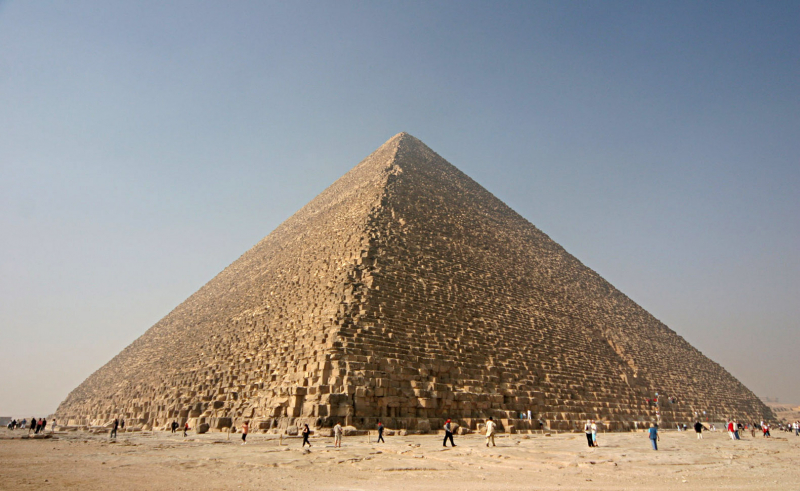
https://www.google.com -
According to the legends you've heard, the fall of the Library of Alexandria was one of the greatest tragedies of antiquity. For generations, the library served as a center of learning where we preserved information for the future. Then, one day, the city was invaded, and the unthinkable occurred. The library was burned to the ground under the invaders' orders. Very little of the accumulated wisdom of the ancient world was preserved, and a large portion of it was lost forever. Many people interpret the tale as a depressing statement on how individuals frequently prioritize wealth and power over wisdom. But in reality, the widely believed myth concerning the Library of Alexandria is wholly untrue.
According to the legends you've heard, the fall of the Library of Alexandria was one of the greatest tragedies of antiquity. For generations, the library served as a center of learning where we preserved information for the future. Then, one day, the city was invaded, and the unthinkable occurred. The library was burned to the ground under the invaders' orders. Very little of the accumulated wisdom of the ancient world was preserved, and a large portion of it was lost forever.
Many people interpret the tale as a depressing statement on how individuals frequently prioritize wealth and power over wisdom. But in reality, the widely believed myth concerning the Library of Alexandria is wholly untrue. By the time the library was finally destroyed, the majority of what was kept there were spiritual texts and very little else; the rest had either been lost or destroyed in some other way years earlier, or had long since been sent to other libraries in the ancient world where it would be better cared for.
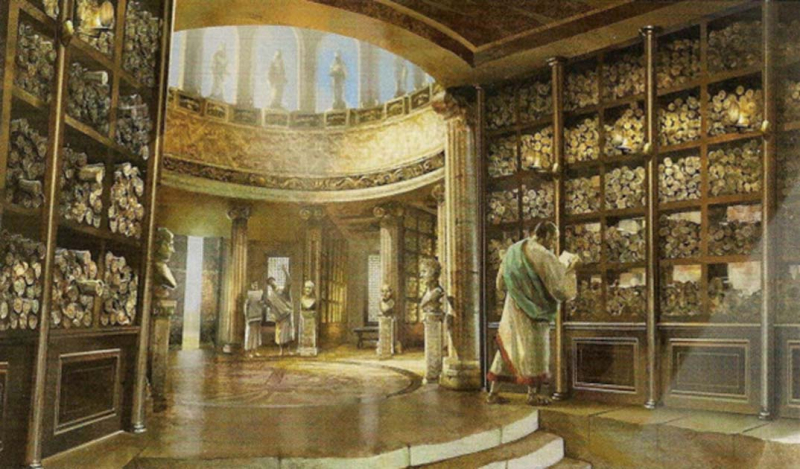
https://www.google.com 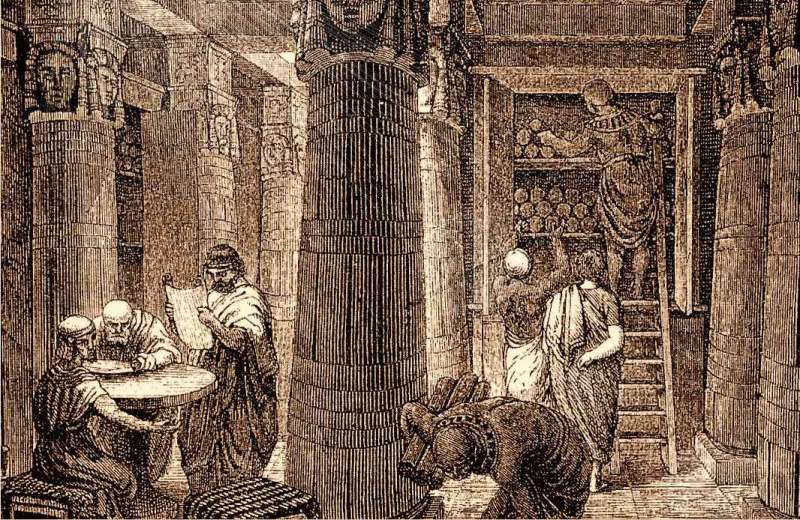
https://www.google.com












